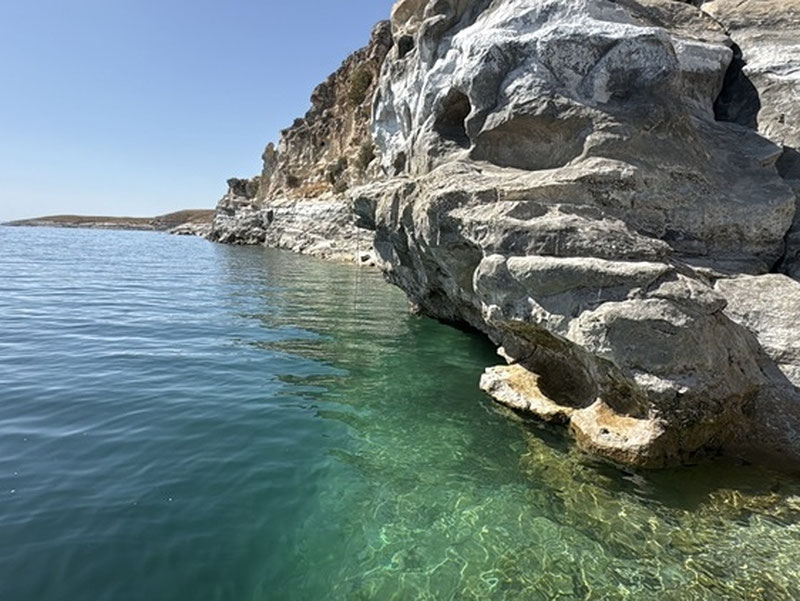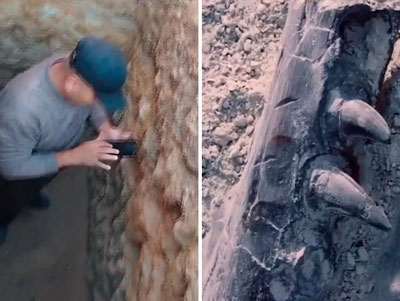Ancient rock paintings, estimated to be 12,000 years old, were discovered submerged at the Atatürk Dam in Turkey's Adıyaman Province. This was reported by the journal "Arkeonews".
The find may date back to the late Paleolithic or early Neolithic period. The images were first seen by local fishermen eight years ago—at that time, the water level had dropped sharply due to drought, exposing the ancient stone surface. This year, when the water rose again, specialists from the Adıyaman Museum conducted underwater research to study the condition of the monument.
According to Museum Director Mehmet Alkan, although visibility underwater is very limited, researchers managed to obtain large-scale images of some sections using a special camera. "The surface is currently covered with mussel shells, making it difficult to get a clear image. In the coming months, we will clean the site, document it in detail, and later create a replica for the museum," he said.
Analyses indicate that some of the images correspond to the end of the Paleolithic period or the beginning of the Neolithic. A panel approximately eight meters long and 70 centimeters high depicts a dynamic hunting scene involving humans and animals.
The identified figures include mountain goats, horses, wolves, foxes, and birds, executed in a distinctive style. Archaeologists believe this composition reflects a hunting scene or a communal narrative as one of the symbolic expression methods before the emergence of writing.
The Atatürk Dam was built at the end of the 20th century; previously, this area was part of a historical landscape rich with ancient open-air sanctuaries and caves. Similar rock carvings are also found in the provinces of Batman, Şanlıurfa, and Mardin—indicating cultural continuity in Upper Mesopotamia.
Specialists emphasize the necessity of digitally recording the find: using 3D scanning and photogrammetry technologies, plans are underway to virtually reconstruct these images and preserve them for future research.






